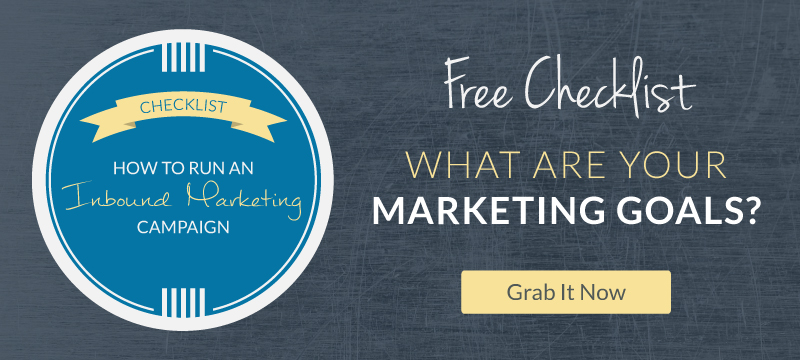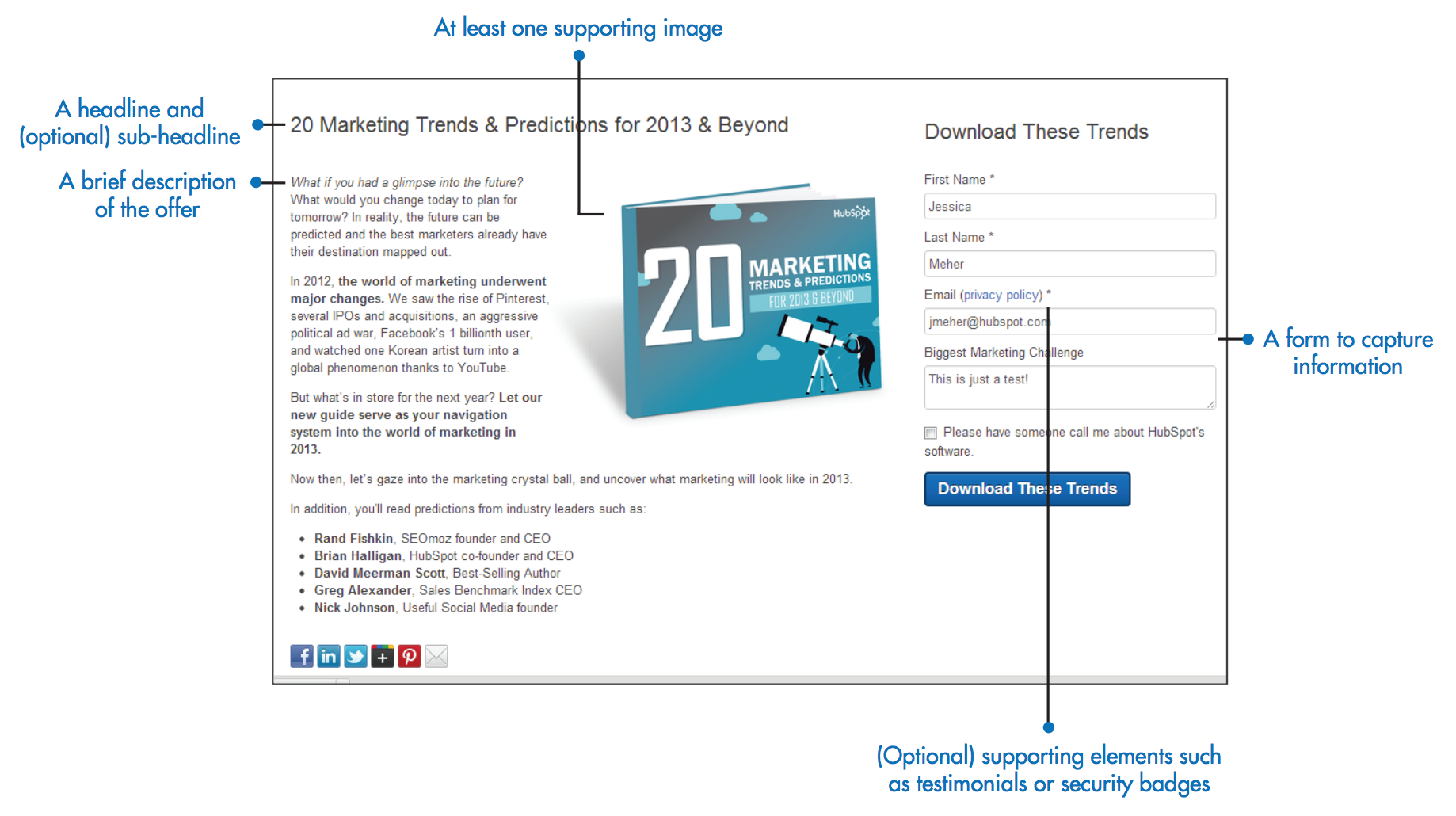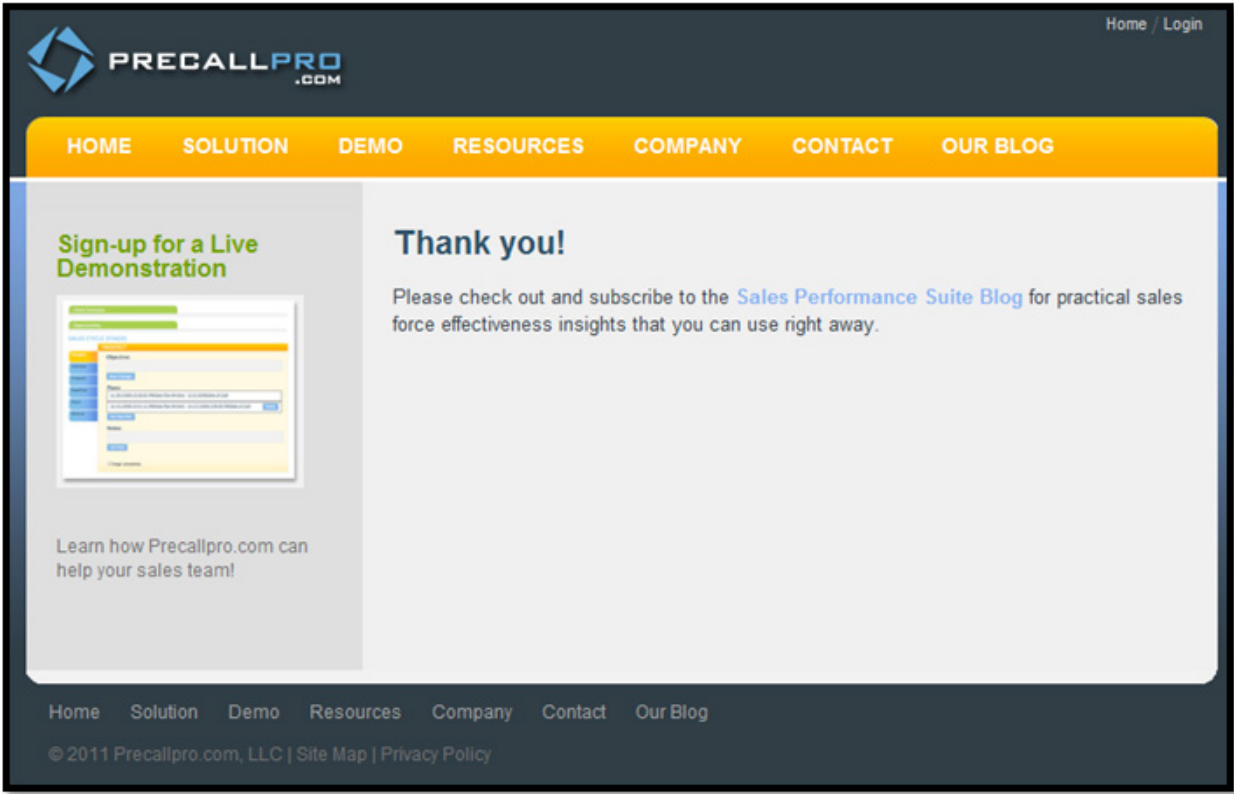Results, solutions, information. Whatever you may call it, people are driven by needs and are looking for brands that can answer those needs. As we have grown accustomed to searching the Internet to find solutions (needs discovery), businesses are using their websites as a way to provide visitors with those solutions instead of aggressively promoting their company. The idea is simple but effective: using inbound marketing best practices, if you provide value-added information that addresses their needs, your website visitors will come back for more, converting into prospects and eventually customers.
Therefore, the internet has changed from a disorganized collection of random information and flashy websites to a well-organized needs discovery engine full of useful often web-based content. When our questions cannot be answered through a quick search and blog post, we turn to additional resources like eBooks, webinars, trials, or demos. To encourage visitors to use these content assets and thereby increase the likelihood of converting visitors into leads and leads into customers, marketers have developed calls-to-action (CTAs) and landing pages.
An Offer They Can’t Refuse
It all begins with an offer. Visitors are drawn to offers that they perceive as valuable, exclusive, or in high demand. While your visitor may be searching for an answer, they are ultimately driven by peer influence and economics. In essence, by introducing a “herd effect” or invoking the principles of supply and demand and scarcity, your visitors can be persuaded to take action beyond their initial query.
Leverage this human reaction by showcasing how many have benefitted from the offer by showing the number of downloads or adding testimonials. To capitalize on the principle of supply and demand, limit the offer to a specific time or number of downloads. Most importantly, if you provide useful resources, visitors will be driven to the action.
Create an offer that is:
- clear and easy to understand
- a value add to those that accept
- relevant to your products or offerings
By offering unique resources like checklists, ebooks, webinars, whitepapers, and free trials, you are allowing your visitor to begin a relationship with your business without committing to a purchase. These resources will act as your best salesperson and convince the visitor that this offer is but a sample of what your company has to offer.
Calling all Marketers
Once you have created a clear and relevant offer, you need a way to convince people to download, watch, or subscribe to it – in other words, to take action. A call-to-action (CTA) is an image, or line of text that prompts your visitors, leads, and customers to take the desired action. In this way, a CTA is literally a “call to action.” Though often found on website pages, a CTA can be placed on any number of different content assets, from emails to ebooks, blogs to social media posts.
By using compelling and clear wording to convey your offer, visitors will be drawn to learning more. Avoid vague CTA titles like, “How to Be Better in Business.” Instead, be concise and targeted with your CTA title, such as “5 Tips on Using SEO to Strengthen Your Website.” This second title may imply that you will perform better in business, but it is also provides the reason why or how.

When looking at the impact of an effective title on visitor action, inbound marketers Hubspot performed an A/B test on two different titles. The original title, “The Productivity Handbook for Busy Marketers,” converted just over 30% of visitors to download the marketing material. However, when they changed the title to “7 Apps That Will Change the Way You Do Marketing,” not only did the conversion rate jump to 50%, they experienced more visitors to the page. Moreover, the simple title change outperformed the original wording by 776% at generating leads.
| Title | Views | Conversion Rate | Submissions | First-time Submissions | Customers |
| 7 Apps That Will Change the Way You Do Marketing | 37,636 | 51.7% | 19,465 | 2,716 | 8 |
| The Productivity Handbook for Busy Marketers | 7,233 | 32.3% | 2,333 | 310 | 0 |
To make the most of your valuable, well-worded offer, you need to make it visible to your visitors. As on average only 50% of visitors will scroll through your web pages, place the CTA high enough on your website that they do not have to scroll to reveal the offer. As the goal of many CTA offers is to capture visitor information to turn them into leads, CTAs should have their own content hierarchy. As a rule, higher value or premium content offers should be placed higher on your website.
Create a CTA that is:
- clear and understood
- effectively worded
- well-placed on your website
Land and Deliver
Developing a clear offer and effective CTA is only half the battle. Arguably the most important element of effective lead generation is the landing page. The landing page discusses the details of the offer, captures the visitor’s information, and then actually delivers the offer. While the landing page holds much of the responsibility for generating leads, it is extremely important to keep this page simple.

By limiting the details to an image, headline, and brief description (using bullets or numbers) and information form, your visitor knows exactly what action to take when arriving to the landing page. To keep them focused, remove any additional navigation links that may guide your visitor away from the all-important task of inputting the information necessary to access the offer.
Encouraging your visitor to share the offer via their social media channels is a best practice, as we tend to place a high value on suggestions from a trusted source.

Don’t Forget to Say “Thank You”
When a visitor completes the information fields to access the offer, it is important that there be a specific thank-you page that then delivers the content. By completing the offer, the visitor has made the first step in creating a relationship with your brand. With the now-captured information, you can continue the relationship by following up (via email, social media, or other means) to garner feedback on the offer or to provide additional resources of relevance.
Create a landing page that is:
- clear and simple
- directs the visitor’s attention
- delivers the offer (through a thank-you page)
Include CTAs in webpages, blogs, ebooks, emails, social media posts – anywhere you want to induce your visitors to take a specific action. Make sure your CTAs connect to landing pages with concise wording and layout that focuses the visitor’s attention. Creating quality content may bring visitors to your website, but CTAs and landing pages help convert those visitors into leads and sales.
- Think of some examples of really strong CTAs and landing pages you’ve encountered. What made them stand out? How did they communicate their message effectively? What images were used? How were they laid out? How was the copy structured and presented?
- In what ways do you think the widespread use of mobile devices, especially smartphones, impacts CTA & landing page design?
